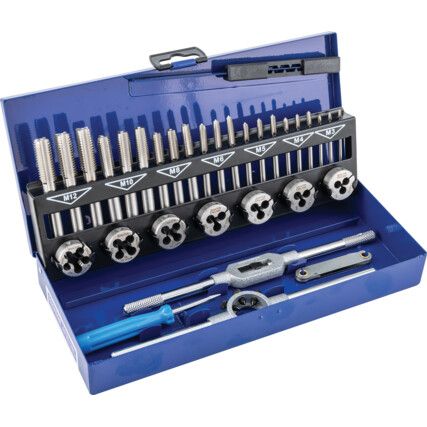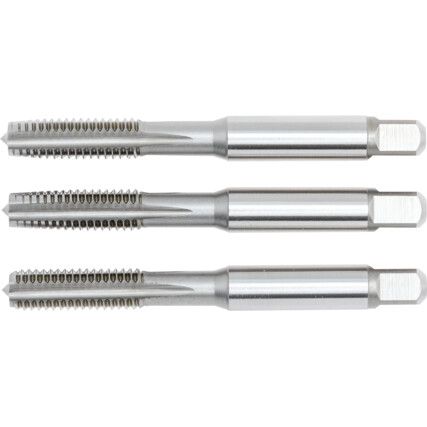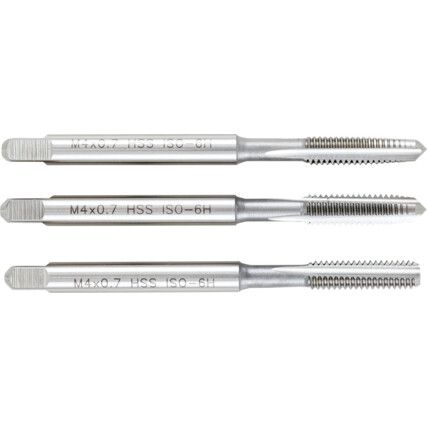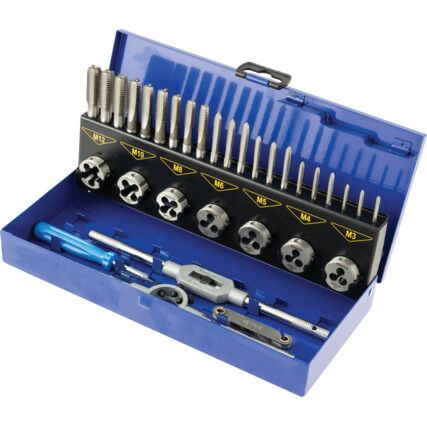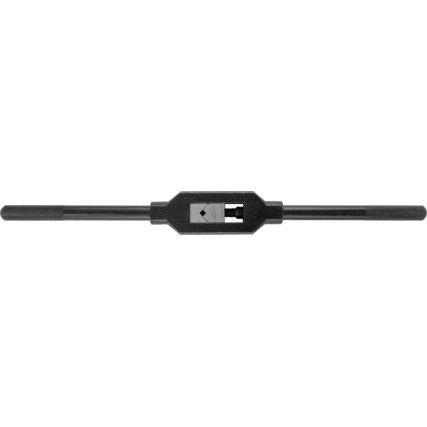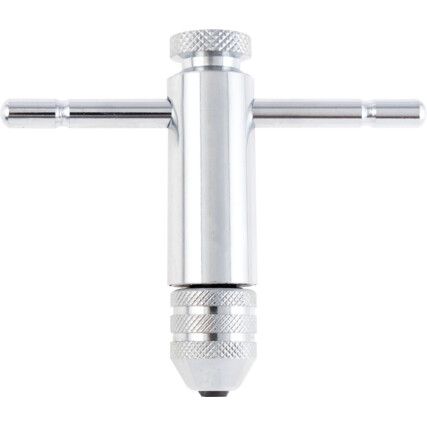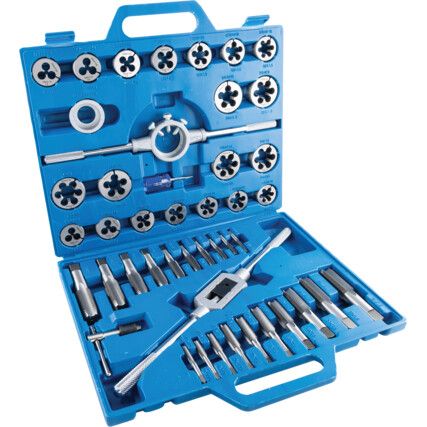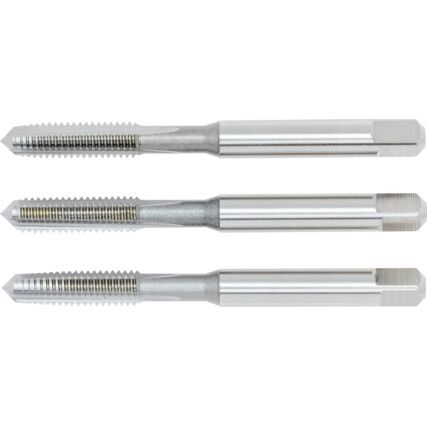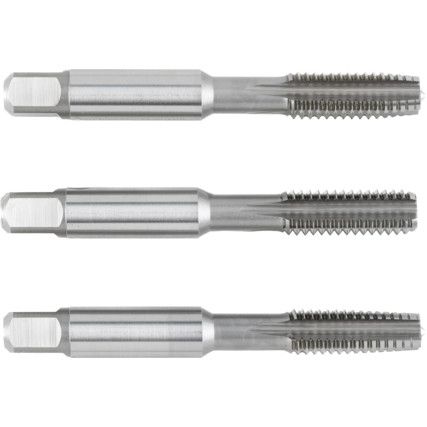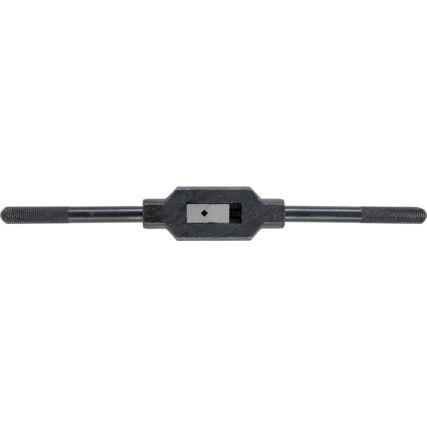Hand Taps
Hand taps are cutting tools used in machining and metalworking to create internal threads, or threaded holes, in workpieces. These tools are manually operated and designed to be used without the use of a tapping machine. They come in various sizes and designs to accommodate different screw sizes and threading requirements. Here at Cromwell we have a large selection of hand taps from leading suppliers Sherwood, Dormer & Kennedy.
What are hand taps?
Hand taps are common engineer's tools, used in multiple industries to create internal threads in a variety of materials, typically metal. They are designed to be operated by hand. Hand taps are typically made from durable materials like high speed steel and feature flutes or grooves along their length to aid in chip removal during the threading process.
Why hand taps?
Hand taps are employed when there's a need to create threaded holes for screws, bolts, or other fasteners in a workpiece. They are generally used in situations where precision and manual control are crucial, such as in small-scale manufacturing, repairs, and projects where a power-driven tapping machine might not be suitable.
When are hand taps used?
Hand taps are widely used in metalworking, manufacturing, repair, construction, automotive, aerospace, electronics and other industries and for DIY projects to create internal threads in workpieces.
They find applications in producing machinery, repairing damaged threads, assembling furniture, crafting, and more. Hand taps are essential for threading holes for screws, bolts, and fasteners, offering manual control, precision, and versatility. They offer a cost-effective and flexible solution for creating threads manually, especially for small-scale or on-site applications.
Hand tap types
• Hand Taps - Hand taps are single taps designed for threading holes of varying depths. They are available a wide range of thread sizes and pitches. There are 3 main tap types: Taper Taps, Second Taps and Plug Taps. Each tap is used at different stages of the tapping process.
• Taper Tap The first tap in the set is called the taper tap. It has a more gradual cutting edge and is used to start the threading process. Its longer length helps guide the tap into the hole and gradually cut the threads.
• Second Tap The second tap, sometimes known as the intermediate or plug tap, is used after the taper tap to deepen and continue cutting the threads more aggressively.
• Plug Tap The final tap in the set is the plug tap. It has a shorter cutting edge and is used to finish the threads close to the bottom of the hole.
• Starter Tap - A starter tap is used to begin the process of creating screw threads in a hole or on the inside surface of a cylindrical object.
• Intermediate Tap - An intermediate tap is used to further refine and deepen screw threads started by a starter tap.
• Hand Tap Sets - They are designed to provide the necessary taps for different stages of the threading process, ensuring that you have the right tools to create accurate and clean threads. A typical tap set includes a Taper, Second and Plug.
• Tap Wrench - Tap wrenches are essential tools used to turn hand taps during the threading process. They provide a secure grip on the tap's square shank and allow you to apply the necessary rotational force to cut threads into the workpiece. There are different types of tap wrenches, each designed for specific applications.
• Tap & Die Sets - A tap and die set is a collection of tools that includes multiple sizes of hand taps, dies, a tap wrench, die stock, and other accessories required for threading applications. They offer versatility for various threading tasks and are often used for repair work.
• Tap & Drill Sets - A tap and drill set is an essential collection of tools designed to create threaded holes for bolts, screws, and other fasteners. These sets provide the necessary tools for tasks involving threading holes in materials like metal, plastic, or wood.
FAQ
What are taps made of?
Taps, be they hand, or machine taps are typically manufactured from carbon or high-speed steel making them very durable and fit for the purpose of cutting into materials like metals. Some feature oxidised or other such coatings to help improve resistance to wear and heat when working with hardened metals.

